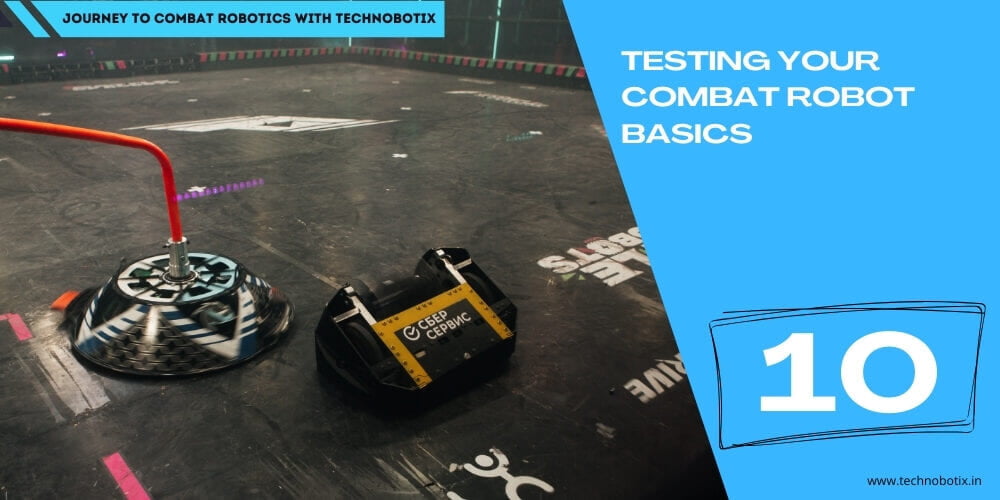Blog categorized as Combat Robotics
Amass and QS connectors are widely used in robotics, drones, and EVs. Amass offers lightweight, budget-friendly options like XT60/XT90, ideal for RC and drones. QS connectors provide high-current, waterproof connections, perfect for EVs and rugged applications.
Safety is a must when working with powerful electronics, particularly in applications like electric vehicles, combat robotics, or large RC models. One of the most important safety features you can include in your system is a dependable kill switch.
...
Radiomaster and Jumper are top RC transmitter brands. Jumper pioneered affordable multiprotocol radios, while Radiomaster refined the experience with premium build and features. Choose Jumper for value or Radiomaster for quality and precision—both lead the hobby forward.
Compare Colson, Polypropylene, and Buggy wheels at Technobotix.in. Colsons offer top grip for combat bots, Polypropylene suits budget DIY builds, and Buggy wheels excel off-road. Choose based on your robot’s terrain, torque, and purpose.
RPM per volt is known as the KV rating. High KV (optimal for drones and RC cars) means more speed and less torque. For robots and EVs, low KV means more torque and less speed. Depending on whether your project requires power or speed, select the appropriate KV.
For RC cars and jets, inrunner motors are perfect because they provide high speed but low torque. For robots and drones, outrunner motors are ideal because they deliver a lot of torque at a low RPM. Select according to the application type, compact design, and speed or torque requirements.
Technobotix is committed to innovation, and we are pleased to present the Pro versions of our well-liked Bbox 15 V2 and Bbox 30 V1 gearboxes. These updated models combine improved performance, robust features, and superior build quality to satisfy the changing demands of both professionals and comba...
- Enhancing Functionality: By testing, the group can assess how well the robot performs in actual situations and pinpoint any areas that need work. The team can maximize the robot's competitive performance by testing its design, mechanics, electronics, and control systems.
- Assuring Reliability:...
To increase the team's chances of winning a combat robotics competition, careful planning, preparation, and attention to detail are necessary. Here's how to successfully get the squad and the combat robot ready for competition:
The term "C rating" is likely familiar to anyone who has ever gone battery shopping for a drone, robot, or remote-controlled car. It may sound a little technical, but it's actually very easy! Knowing a battery's C rating is crucial for the success of your project because it indicates how m...


